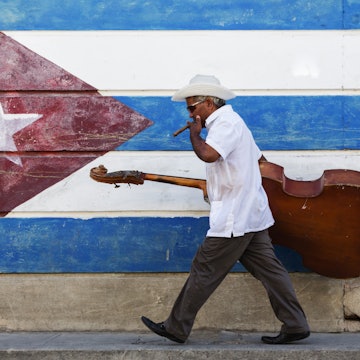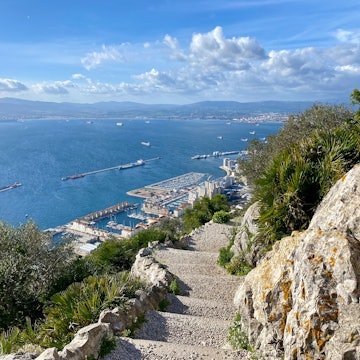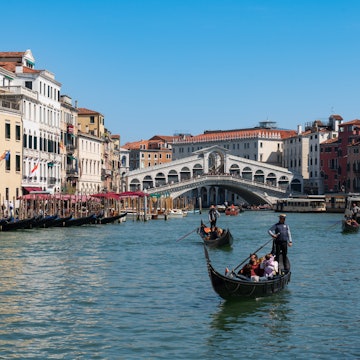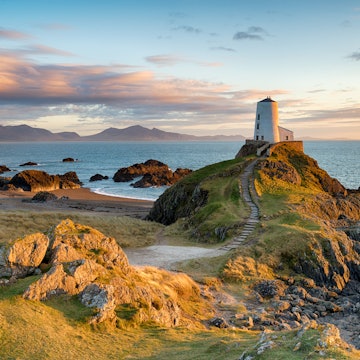

What currencies are accepted and where? Brendan Sainsbury's top tips on Cuban currency © Salvador Aznar / Shutterstock
In this series, Lonely Planet's team of writers and editors answers your travel problems and provides tips and hacks to help you plan a hassle-free trip. This week, Brendan Sainsbury, who has been traveling to Cuba for over 25 years as both a guide and a guidebook writer, shares his top tips on currency in the country.
Question: Hi, I am traveling from the UK to Cuba for the first time, which currency should I take?
Brendan Sainsbury: Money continues to be the trickiest question for travelers contemplating a trip to Cuba with the situation changing regularly.
A quick recap. Cuba now has one official currency: the Cuban peso (CUP$). Convertible pesos were phased out in 2021.
After over a year of hyperinflation and the growth of a rampant black market, the Cuban government radically re-adjusted its exchange rate in August 2022, from 24 pesos to a US dollar to 120 pesos to a US dollar.
This is the rate you’ll get if you change your money in government-run banks and Cadecas (exchange booths). You can check the current rates for all the main currencies on the Cadeca website.

Euros are best
As it stands, euros are the best foreign currency to bring to Cuba because it’s the most widely accepted and subject to the lowest bank fees (approx. 2 percent). Furthermore, many private businesspeople (restauranteurs, taxi drivers, homestay owners) prefer to be paid directly in euros rather than Cuban pesos (although they’ll accept both). Some state-run businesses also accept euros.
Sterling is also a viable option but, while it’s readily exchangeable for pesos in Cadecas and banks, it’s less desirable among locals as a means of direct payment.
US dollars can be exchanged in banks and used in private businesses, but they’re not accepted in state-run places.
The rules for Americans visiting Cuba in 2022

Credit cards & ATMs
Non-US-affiliated credit cards are accepted at most government-run establishments. Indeed, at some state-run places (including hotels, resorts, car hire and bus stations), you can only pay by credit card. Outside of the state sector, Cuba is still primarily a cash economy.
Most British Visa/Debit cards will work in Cuban ATMs, but the machines will only dispense Cuban pesos.
Don’t buy too many Cuban pesos in one go. They have no value outside Cuba. Also, bear in mind that, if you stick mainly to the private sector, you can pay for many things in foreign money (preferably euros).
Carry plenty of small bills for tips. Tipping is vital in Cuba, especially given the current economic climate.
See the real Cuba on these top road trips
Other recommendations for your Cuba visit
Stay in casas particulares (homestays) and eat in private restaurants to put money directly into the pockets of ordinary Cubans.
Visit Havana’s fabulous Fábrica de Arte Cubano.
Make sure your ‘tourist card’ is included in the package when booking your flight.
Don’t change money on the street, or on the black market.
If you have a burning travel question you would like Lonely Planet to answer, please contact us here. We will select one question and publish the answer each Thursday.














